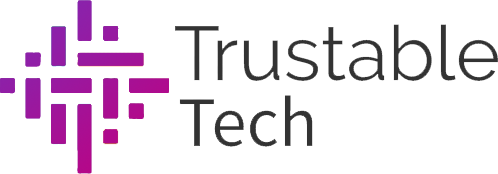Internet of Things (IoT) refers to the system of billions of Internet-connected objects and entities capable of automatically collecting and transmitting data across a network. The IoT consists of computing devices as well as any equipment or item equipped with sensors that allow it to connect to the Internet and send data. IoT is the foundational technology upon which intelligent devices and processes are built.
What is IoT Remote Monitoring?
IoT remote monitoring is using IoT devices to monitor different physical processes or environmental factors. The ability to access IoT devices and monitor their activities from a central place is boosting the adoption of IoT solutions in a variety of industrial sectors and societal domains.
The Importance Of IoT Remote Access
In several commercial, industrial, and municipal environments, IoT remote management solutions are being adopted. These apps and procedures have an influence on how we work and go about our everyday lives and are reshaping society.
Here are a few examples of current remote IoT platform applications. In most situations, they consist of an Internet of Things remote monitoring system that serves as the central nervous system for a collection of scattered and interconnected devices.
Examples Of IoT Remote Monitoring
Intelligent buildings – By integrating remote IoT device management, sensors may be utilized to monitor and control a wide variety of building operations. It is possible to obtain statistics on energy consumption and water usage and, when necessary, to take action to optimize resource utilization. The data acquired through IoT remote access can aid in minimizing infrastructure failures and enhancing productivity.
Smart factories – Intelligent assembly lines and industrial automation are transforming the factory floor and the manner in which items are made. IoT remote control enables a centralized team of professionals to maintain optimal operation of intelligent gadgets on a production line.
Innovative business – The world of eCommerce has revolutionized how companies operate and distribute products to customers. The supply chain makes extensive use of IoT devices to track shipments and detect faults so they may be resolved before the business is harmed. The ability to remotely access IoT devices may also assist companies in identifying market patterns that enable them to improve their product offers.
Smart cars –Through the deployment of IoT remote monitoring technologies, intelligent automobiles that can help drivers function independently are becoming feasible. As technology continues to advance, there will be an increase in the number of autonomous vehicles available for personal and commercial use.
Smart cities – The remote administration of IoT devices is a crucial component of smart city projects. It is crucial to offer real-time access to the sensors and monitors that regulate municipal features such as traffic and electricity distribution. The potential for exploitation of smart city technology emphasizes the need for an IoT that is safe and cannot be penetrated by malevolent actors.
Each example requires IoT remote management software to facilitate communication between the devices and apps that regulate their activity. Smart sensors and monitors can do certain tasks autonomously, but they are more successful when they can be remotely accessed and controlled.
How Does An IoT System Work?
Two components are required for internet-based universal object interaction:
IoT sensors
IoT sensors Sensors (also known as end devices, physical devices, or nodes) detect a variety of physical phenomena, including heat, pressure, motion, humidity, and smoke. As sensors extend into new industries, the market continues to increase, increasing the range of sensors available.
Typically, sensors employ a wireless connection to transmit data periodically. As a general rule, sensors must be as inexpensive as feasible, nonvolatile, autonomous, customized for a specific function, and durable. Given their tiny size and the foregoing criteria, it is neither cost-effective nor practicable to enable sensors to connect to the internet. Consequently, sensors are frequently paired with connected devices.
IoT connectivity devices
A subset of IoT devices serves as mediators between sensors and the internet, acting as gateways or routers. IoT connectivity devices can receive data from sensors using Bluetooth or particular 4G and IoT-oriented protocols, such as LoRaWAN® and Sigfox, that help to connect nodes to the internet.
Gateway devices receive data from sensors, package that data, and occasionally preprocess it before sending it to a web server for processing. This processing might lead to:
- computing trends and statistics
- Initiating specified activities, such as activating an irrigation system and producing an alarm in the event of an emergency or abnormality.
Because a single connection device can communicate with thousands of nodes, producers of connectivity devices strive to make these devices flexible, autonomous, and dependable. A SIM card or Ethernet or Wi-Fi internet connection might be included on such a gadget.
In addition, the gadget has greater computational capability than a sensor and may be handled remotely through the internet. The cost is affected by the availability of these capabilities, making connected devices often more expensive than sensors.

